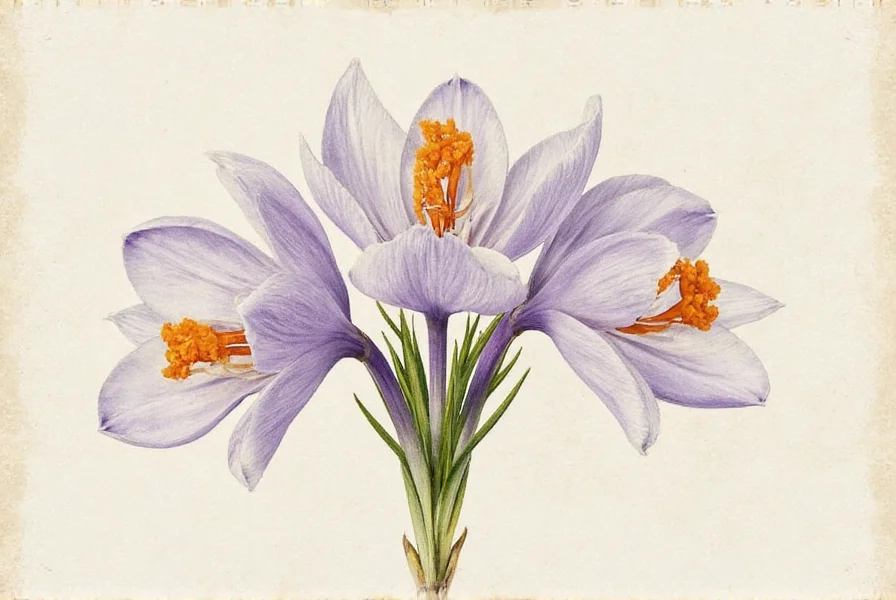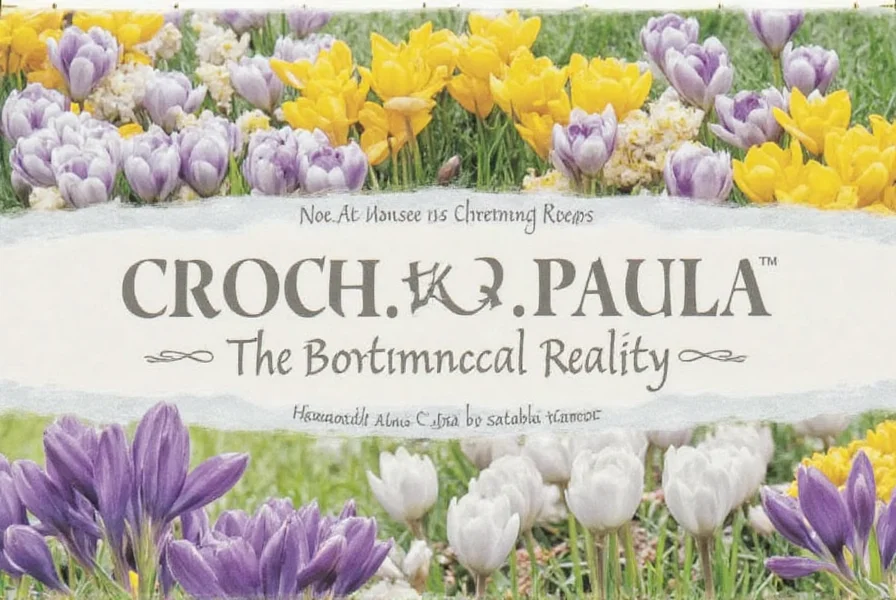Many gardeners and culinary enthusiasts searching for crocus sativus seeds operate under a common misconception. Unlike most flowering plants, the saffron crocus (Crocus sativus) is a sterile cultivar that cannot reproduce through seeds. This unique characteristic is fundamental to understanding saffron cultivation and explains why genuine saffron remains one of the world's most expensive spices.
The Botanical Reality of Saffron Crocus Reproduction
Crocus sativus evolved as a sterile triploid organism with three sets of chromosomes (2n=3x=24), making normal meiosis and seed production impossible. This genetic anomaly occurred during ancient domestication, creating a plant that produces beautiful purple flowers but no viable offspring through sexual reproduction.
Instead of seeds, saffron crocus propagates through corms - underground storage organs similar to bulbs. Each growing season, the mother corm produces several daughter corms, which can be separated and replanted to create new plants. This vegetative propagation method has been used for thousands of years to maintain the genetic consistency of this valuable crop.

Why the Seed Misconception Persists
The confusion about crocus sativus seeds likely stems from several factors:
- Misunderstanding that saffron threads come from seeds rather than the flower's stigmas
- Seeing other crocus species (like Crocus vernus) that do produce viable seeds
- Unscrupulous sellers marketing "saffron seeds" that are actually corms or seeds from unrelated plants
- Lack of awareness about the plant's unique sterile nature
When shopping for saffron cultivation materials, be aware that legitimate suppliers sell crocus sativus corms, not seeds. These corms typically range from 1-5 cm in diameter and should be planted in late summer for autumn blooming.
Proper Saffron Cultivation Techniques
For those interested in growing saffron, understanding the correct propagation method is essential. Here's what successful saffron cultivation requires:
| Factor | Requirement | Notes |
|---|---|---|
| Planting Material | Healthy corms (2.5-5 cm diameter) | Smaller corms may not flower in first season |
| Planting Time | August-September | Before autumn flowering season |
| Soil Requirements | Well-drained, alkaline soil (pH 6-8) | Poor drainage causes corm rot |
| Sun Exposure | Full sun | At least 6 hours daily |
| Watering | Moderate during growth, dry period before planting | Overwatering is the most common mistake |
The Science Behind Saffron's Sterility
Genetic studies confirm that Crocus sativus originated from a natural hybridization event between Crocus cartwrightianus and another species, resulting in its triploid chromosome structure. This genetic configuration prevents proper chromosome pairing during meiosis, the cellular process that creates gametes (pollen and ovules) for sexual reproduction.
Research published in the Journal of Agricultural and Food Chemistry indicates that while Crocus sativus flowers produce stamens and stigmas, the pollen is non-viable and the ovules cannot be fertilized. This explains why you'll never find crocus sativus seeds forming in the flower's ovary after blooming.
Practical Advice for Saffron Growers
If you're interested in cultivating saffron, focus on obtaining quality corms rather than searching for non-existent seeds. Look for:
- Corms from reputable agricultural suppliers specializing in saffron
- Large, firm corms without signs of mold or damage
- Suppliers who can verify the botanical authenticity of their stock
- Proper storage conditions (cool, dry place) before planting
Understanding that crocus sativus reproduction occurs exclusively through corms will save you time, money, and frustration. This knowledge represents the first crucial step toward successful saffron cultivation, whether for personal use or small-scale production.
Common Misconceptions in Saffron Cultivation
Many aspiring saffron growers encounter challenges due to misinformation. Some prevalent myths include:
- "Saffron comes from seeds" - Saffron consists of the dried stigmas (female reproductive parts) of the flower, not seeds
- "Any crocus will produce saffron" - Only Crocus sativus produces the saffron spice; other crocus species are not substitutes
- "Saffron crocus is easy to grow anywhere" - It requires specific climate conditions (Mediterranean-type with hot dry summers)
- "You can grow saffron from seeds like other flowers" - This is biologically impossible due to the plant's sterility
By recognizing these misconceptions, particularly the fundamental fact that you cannot grow saffron from crocus sativus seeds, you'll be better positioned to approach saffron cultivation with accurate expectations and proper techniques.











 浙公网安备
33010002000092号
浙公网安备
33010002000092号 浙B2-20120091-4
浙B2-20120091-4